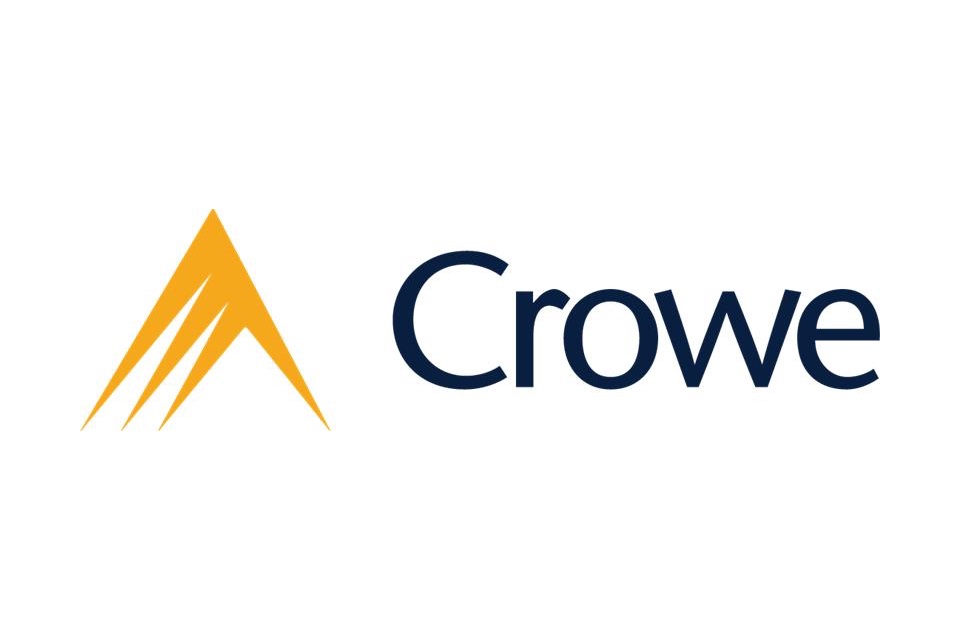Data breaches continue to plague local councils

Freedom of Information (FoI) requests targeting local authorities across the country shows that public sector organisations continue to struggle with data security, with thousands of breaches and incidents reported during 2024. The figures, compiled by Apricorn and collected from 27 UK councils, indicate that over 2,400 suspected data breaches occurred across the sector last year. Surrey […]
Aston University’s new London hub to push for excellence in cyber skills

Aston University officially launched its London hub this week at an event attended by leaders from across industry, academia and trade bodies. The new hub will leverage the University’s reputation in science, technology and enterprise to develop future technology and business leaders. Located at 200A Aldersgate in London, the hub will welcome its first cohort […]
AI MONTH: Big gap in cybersecurity offerings for AI systems

Analysis of the most recent research results from the AI and Software cybersecurity market analysis report from the Government website indicate that just 6% of software security companies are providing cybersecurity for AI systems. According to the deep dive by OnSecurity, the most popular products and services offered by these cybersecurity AI providers are AI Model Security and Protection (56%), LLM and Generative AI Security (52%), AI Infrastructure Security (47%), AI-Enhanced Security Operations (45%) and AI Threat Detection and Response (34%). Among […]
SAVE THE DATE: Cyber Secure Forum – November 2025

Couldn’t join us at last month’s Cyber Secure Forum? The next event will take place in London in November 2025 – and you can register today! November 11th 2024 – Hilton London Canary Wharf – Booking form (flexible attendance options) Benefits of attending include: Receive a bespoke itinerary of relaxed, 1-2-1 meetings with innovative and budget […]
DATA: Cyber Strategy tops the lists solutions cybersecurity professionals need for 2025/26

Cyber Strategy, AI/Machine Learning and Application Security top the list of solutions the UK’s cybersecurity professionals are sourcing for their 2025/26 projects, according to our exclusive research. The findings have been revealed in the run up to the Cyber Secure Forum, which takes place on June 24th at the Hilton London Canary Wharf. Delegates registering […]
How to overcome the UK’s IT skills gap and turn tech into a value-add

The Learning & Work Institute forecast a staggering 768,000 worker shortfall in the UK’s IT and digital workforce by 2028. That statistic highlights exactly the issue many UK SMEs are facing today. There is a need for technology expertise, but in-house IT talent can be costly, hard-to-find, or even just too busy with remedial services […]
INDUSTRY SPOTLIGHT: CoreView Microsoft 365 Security

CoreView empowers organizations to secure, manage, and optimize complex Microsoft 365 environments, including some of the world’s largest tenants. Our platform provides enterprise-grade cyber resilience tailored for the unique needs of Microsoft 365, whether you manage multiple tenants, hybrid environments, or are consolidating to a single tenant. CoreView simplifies and automates administration, strengthens security, and identifies opportunities to […]
INDUSTRY SPOTLIGHT: 24/7 managed threat Detection from Wavenet CyberGuard

Wavenet CyberGuard’s UK-based Security Operations Centre (SOC) offers round-the-clock threat detection, investigation, and response to more than 600 UK customers. We help organisations stay ahead of ever-evolving cyber threats with real-time monitoring and expert intervention, backed by our CREST and NCSC-certified analysts and threat intelligence teams. Our fully managed SOC integrates advanced SIEM tooling, automation, […]
The rise of Ransomware-as-a-Service and its impact on the M&S hack

Deploying ransomware attacks once required deep technical expertise, but Ransomware-as-a-Service (RaaS) has lowered the threshold for engaging in cybercrime. RaaS is a business model where hackers sell or lease ready-made ransomware tools to other criminals. The rise of RaaS has led to an increase in the frequency and scale of ransomware incidents, affecting organisations worldwide. A […]
July 2025 is AI Month on Cyber Security Briefing – Here’s how to get involved!

Each month on Cyber Security Briefing we’re shining the spotlight on a different part of the cyber security market – and in July we’re focussing on AI solutions. It’s all part of our ‘Recommended’ editorial feature, designed to help IT security buyers find the best products and services available today. So, if you’re an AI security […]


